Lechon, a beloved dish in many cultures, particularly in the Philippines, is renowned for its succulent meat and crispy skin. Achieving the perfect crispy lechon skin is both an art and a science. In this article, we’ll explore the scientific principles and culinary techniques behind this mouthwatering delight.
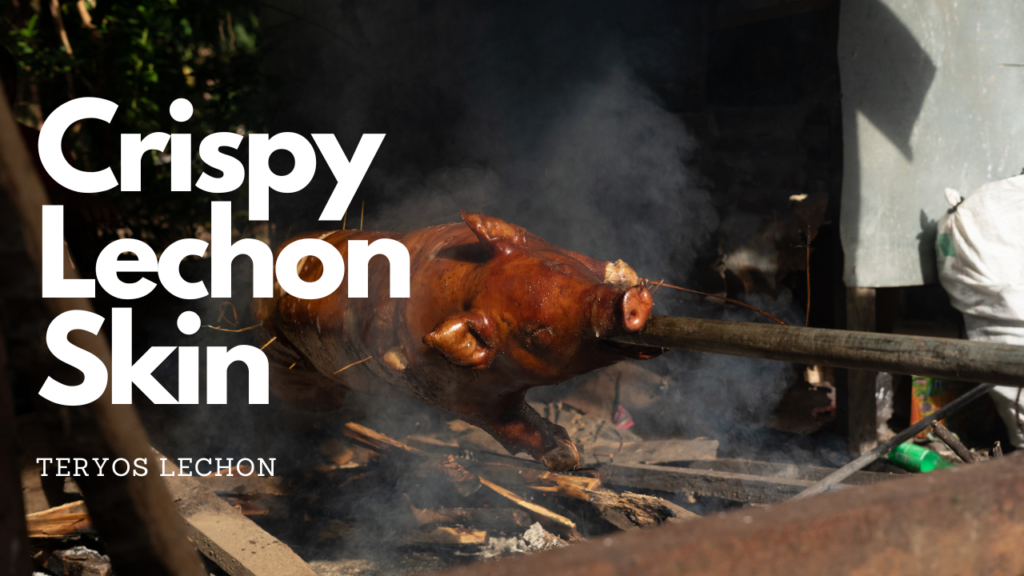
What Makes Lechon Skin Crispy?
To understand how to achieve that coveted crispy lechon skin, it’s essential to grasp the fundamental factors involved. These include the composition of the skin, the role of heat, and the techniques used in preparation and cooking.
Composition of Lechon Skin
Lechon skin, like all animal skin, is primarily composed of collagen, fat, and water. Here’s a closer look at each component:
- Collagen: Collagen is a protein found in the skin that provides structure and strength. When heated, collagen breaks down into gelatin, which can help in creating a tender texture but can also impact crispiness if not managed correctly.
- Fat: The fat layer beneath the skin is crucial for achieving crispiness. As the fat renders (melts) during cooking, it helps to fry the skin, leading to a crispy texture.
- Water: The water content in the skin needs to be reduced to achieve crispiness. Excess moisture can prevent the skin from becoming crispy and can even make it soggy.
The Role of Heat in Achieving Crispy Skin
Heat application is a critical factor in achieving crispy lechon skin. Understanding the science of heat transfer and its effects on the skin can help in mastering the cooking process.
Maillard Reaction
One of the key scientific principles behind crispy skin is the Maillard reaction. This chemical reaction occurs between amino acids and reducing sugars when exposed to heat, leading to the browning and development of complex flavors.
- Temperature: For the Maillard reaction to occur effectively, the temperature needs to be above 300°F (150°C). This reaction contributes to the browning and flavor development of the skin.
- Dry Heat: Using dry heat methods such as roasting or grilling is essential for the Maillard reaction. Moisture can inhibit this reaction, so it’s crucial to ensure the skin is dry before cooking.
Rendering Fat
Rendering fat is another crucial process in achieving crispy skin. As the lechon cooks, the fat beneath the skin melts and renders out. This rendered fat helps to fry the skin, making it crispy.
- Slow Cooking: Slow cooking at a lower temperature allows the fat to render out gradually, ensuring that the skin becomes crispy without burning.
- High Heat Finish: A final blast of high heat can help to crisp up the skin further, creating that desirable crunch.
Techniques for Achieving Crispy Lechon Skin
Several techniques can be employed to achieve the perfect crispy lechon skin. These include preparation methods, cooking techniques, and post-cooking treatments.
Preparation Methods
- Scalding: Scalding the skin in hot water before cooking helps to tighten it and remove excess fat and moisture. This process can also help in achieving even cooking and browning.
- Drying: Ensuring the skin is dry before cooking is crucial. This can be achieved by air-drying the lechon in the refrigerator for several hours or even overnight. Patting the skin with paper towels can also help to remove excess moisture.
- Piercing: Pricking the skin with small holes using a fork or a skewer can help to release fat during cooking, allowing it to render out and fry the skin.
Cooking Techniques
- Roasting: Roasting the lechon in an oven or over an open fire is a traditional method that allows for even heat distribution and effective fat rendering. Rotating the lechon during roasting can ensure uniform cooking.
- Basting: Basting the skin with oil or rendered fat during cooking can enhance the crispiness by adding an additional layer of fat to fry the skin.
- High Heat Finish: Finishing the lechon with a blast of high heat, either in the oven or using a blowtorch, can create a final layer of crispiness. This step should be done carefully to avoid burning the skin.
Post-Cooking Treatments
- Resting: Allowing the lechon to rest after cooking helps to redistribute the juices and prevents the skin from becoming soggy. Resting on a wire rack can allow excess fat to drip away.
- Final Crisping: If the skin is not crispy enough after resting, a final blast of heat or a few minutes under a broiler can help to achieve the desired texture.
Common Mistakes to Avoid
Achieving perfect crispy lechon skin requires attention to detail and avoiding common pitfalls. Here are some mistakes to watch out for:
- Excess Moisture: Failing to dry the skin properly can lead to soggy skin. Ensure the skin is thoroughly dried before cooking.
- Inadequate Heat: Using too low a temperature can prevent the Maillard reaction and proper fat rendering. Ensure the cooking temperature is high enough to achieve crispiness.
- Overcooking: While high heat is essential, overcooking can burn the skin and dry out the meat. Balance is key to achieving the perfect result.
- Uneven Cooking: Not rotating the lechon during cooking can lead to unevenly cooked skin. Ensure the lechon is cooked evenly for consistent crispiness.
Additional Tips for Perfect Crispy Lechon Skin
Here are some additional tips and tricks to help you achieve the perfect crispy lechon skin:
- Use Quality Ingredients: Start with a high-quality lechon with a good balance of fat and meat. The quality of the meat can significantly impact the final result.
- Seasoning: Seasoning the skin with salt can help to draw out moisture and enhance flavor. Consider adding spices and herbs for additional flavor.
- Monitor Temperature: Use a meat thermometer to monitor the internal temperature of the lechon. This can help to ensure the meat is cooked properly without overcooking the skin.
- Experiment with Techniques: Different cooking methods can yield different results. Experiment with roasting, grilling, and other techniques to find the method that works best for you.
Achieving the perfect crispy lechon skin is a blend of science and culinary artistry. Understanding the role of collagen, fat, and moisture, along with the principles of the Maillard reaction and fat rendering, can help you master this delicious dish. By employing the right preparation methods, cooking techniques, and avoiding common mistakes, you can create a lechon with irresistibly crispy skin that delights the senses.
Whether you’re a seasoned chef or a home cook, these tips and techniques can help you achieve lechon perfection. So, fire up your oven or grill, and get ready to impress your guests with the perfect crispy lechon skin!
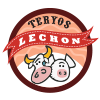
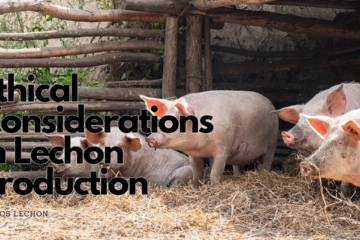
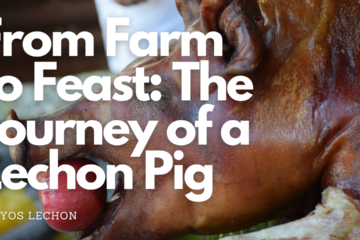
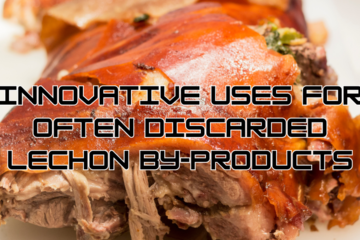
0 Comments